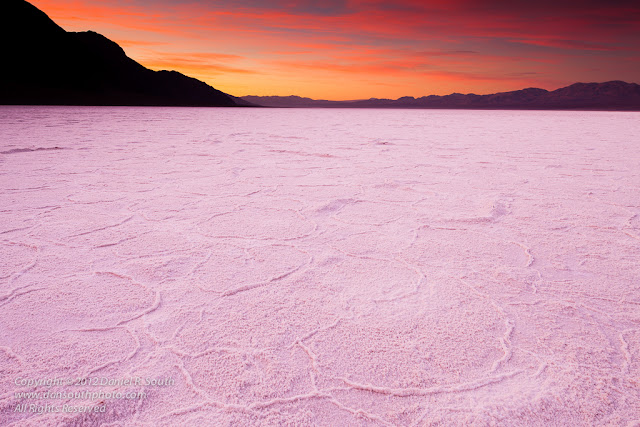Rudolph knows what it means to be unique.
If you'll recall his well-known story, at first he tried to blend in and be like everyone else. That didn't work out so well.
Although he always had a few special friends who believed in him, Rudolph didn't prosper until he embraced his own unique gifts and leveraged them to the fullest. Eventually, he went on to save Christmas and gain acceptance by his peers and his community.
 |
| Waiting To Cross - Times Square |
Santa and Rudolph stopped by earlier this week during one of their test flights over New York. I asked Rudolph if he would share his tips on originality. He accepted graciously and added specific recommendations for artists and photographers.
1. Accept that you are unique
No one else sees the world in the way that you do. As long as you stay true to your own vision, your work will trend toward uniqueness.
2. Do what you find appealing
Create the images that YOU want to see. Avoid trends and conventions. One day, you'll look back over your portfolio. Will it express what you wanted it to say? Or will it be a clone of what everyone else was doing at the time?
3. Innovate actively
Always look for your own shot, your own interpretation, your own composition. The world is full of photographers who stand behind other photographs in order to "get the same shot". Don't be one of them.
Avoid the herd. Don't take the "postcard shot" that everyone else is taking. Scout aggressively to find your own viewpoint, and make an image that really means something to you.
4. Work every day
Set aside time each day either to go out and take pictures, or to organize and processes images that you've taken in the past. (If you're like me, you probably have a bit of backlog.) Inspiration finds you when you're working, not when you're sitting on the couch.
Christmas comes only once a year, but the people behind the scenes (you know who they are) work every day to make sure that when the day comes, it's really special. If your portfolio means something to you, then you should be working on it constantly, not only when it's convenient.
5. Stay fresh
Mix things up. Vary your approach now and then. If you shoot landscapes, try events or still life. If you shoot portraits, try shooting sports or macro or doing some light painting. Do things differently. Try shooting in light that you would normally avoid.
Some of your experiments will fail. Congratulations! Thomas Edison would be proud of you. Learn what you can, revise your plan, and shoot some more.
6. Be patient
Give yourself time. Don't be too hard on yourself, especially when you're trying something new. Your creative style will emerge at its own pace. If you chase it, it will just move further away. As long as your are working, you are improving. Results will appear, not right away, but soon.
 |
| Photographer With Tripod - Times Square |
I would very much like to thank Rudolph and The Big Guy for stopping by at this most busy time of year. I enjoyed their valuable insights, and I hope that you'll find inspiration in their advice.
Now, if you'll excuse me, I need to dash off to the store to pick up some more milk and cookies, because I appear to have run out.
Light happens. Be ready. Shoot hard.
Copyright © 2013 Daniel R. South
All Rights Reserved
















